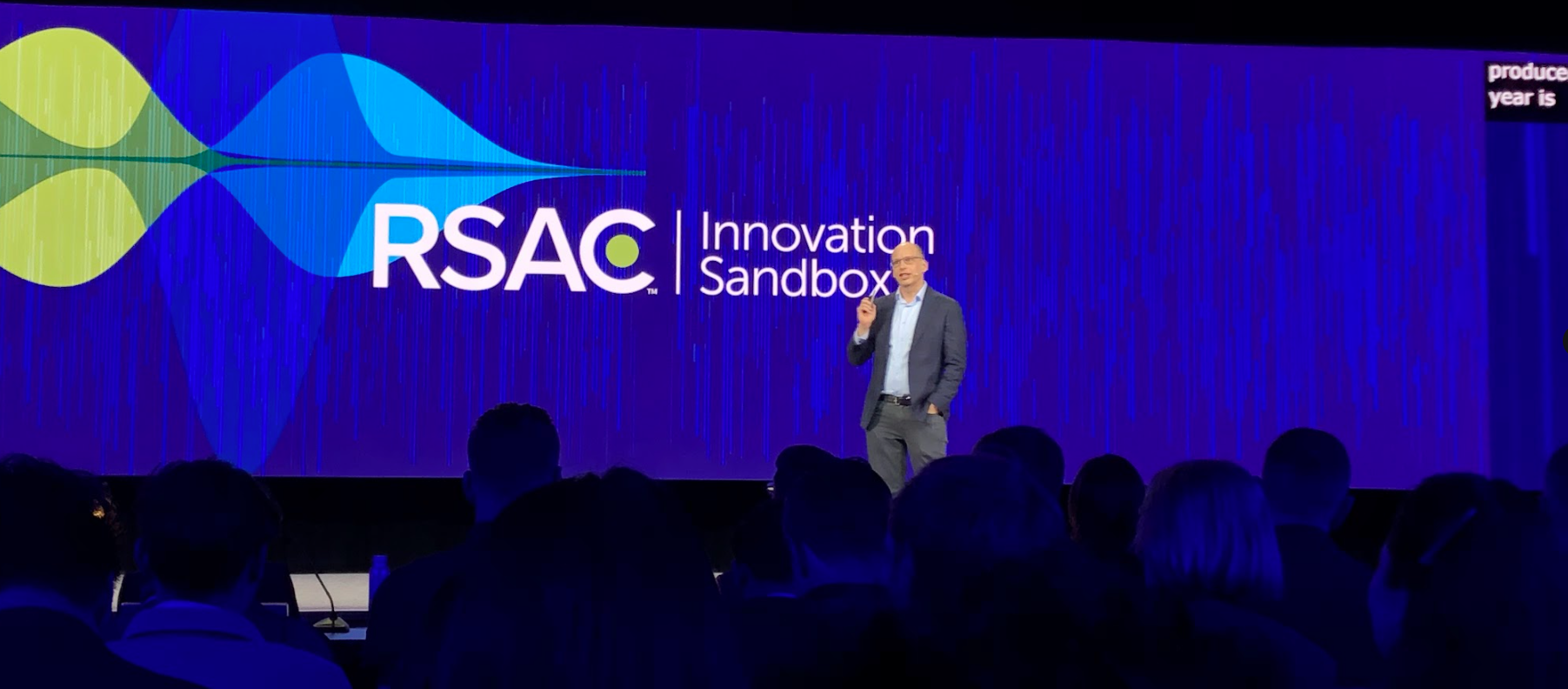Media published 35 articles about AI during the week of RSAC 2025, more than any other topic. AI was, to alter the words of Homer Simpson, the cause of, and solution to, all security problems.
But engagement told a different story.
We used NewsWhip Spike to look at articles published the week of RSAC that received at least one interaction — a share, a comment, etc. that shows engagement. From there, we looked at which topics got the most coverage, which got the most engagement, and which ones had the highest average engagement — interactions divided by the number of articles, which shows what resonated with both media and their audiences.
Based on that data and conversations I had on the RSAC show floor, we can see what media are interested in and how you can shift your strategy to get more and bigger media coverage. Here are the top topics by average engagement and what they mean for your PR strategy the rest of the year.
1. Nation-state threats.
Nation-state coverage drew the highest average engagement per story, with the six published articles receiving 172 interactions.
The FBI’s warnings about North Korean IT workers and China’s use of AI in attack chains were two prominent stories. Across sessions, warnings that China remains the number one threat influenced and echoed the media coverage, with some even arguing the lines are blurring between a “cyber attack” and acts of war.
If the experts within your company can speak to detecting, responding to, or preventing nation-state infiltration, especially as AI changes attacker playbooks, there’s media demand for it.
The opportunity here for brands is to translate technical capability into geopolitical relevance. Show how threat intel and policy intersect, and play up the real-world impact to elevate your company in the eyes of media and your market.
2. Government and policy shifts
This is always a hot topic at RSAC, but debate about CISA’s future gave reporters plenty to work with this year as they explored how national cybersecurity priorities might shift. The 15 articles had a total of 118 interactions for the second highest average engagement.
There was plenty of talk about what policy changes might mean for public-private cooperation and how security companies should position themselves if federal support becomes fragmented.
That tension creates room to weigh in. There’s an appetite for commentary from companies that can explain what the shifts mean for security teams, vendors, infrastructure, and more.
3. Security advice
Only five articles in our data set were written about data protection, scam detection, and smart home security, but with 36 total interactions, this topic had the third highest average engagement. All were written by PC Mag, and show that reporters and consumers want practical advice from trusted sources that they can put into practice.
There’s always demand for content audiences can use today. If your company has research, tools, or commentary that you can elevate to a consumer level, there’s an opportunity to build trust and authority even if you’re not a consumer-facing brand.
4. AI threats and solutions
AI was, of course, everywhere at the show, and it generated by far the most number of articles, with 35, and the highest total number of interactions, at 218. Perhaps surprisingly, on average, engagement was just over six interactions per article.
A few things have changed in AI coverage over the past few years. Using the term “AI” no longer instantly wins attention. There was a lot of fear of media scrutinizing AI claims.
But stories on AI’s misuse (such as LLM poisoning and identity threats) and new applications (including agentic models and AI bug hunting) carry water, not because it’s AI, but because companies have shown why these stories matter.
There’s still plenty of opportunity here if you can get specific, share real use cases, or unpack security risks, model limitations, and the potential of new tools. Companies that did that well at the RSA Innovation Sandbox were Knostic, CalypsoAI, and Aurascape, all which succinctly and clearly defined their approach to AI.
5. Product announcements and vendor news
The 18 articles written about product announcements only got 40 total interactions, many receiving only one or two. The stories that saw the highest engagement were from big names like Google and Wiz, but success on this front depends on your ability to tie company news to bigger trends (like the ones above). AI was a clear favorite.
Use launches as a reason to weigh in on a bigger story. If you’re announcing something at Black Hat or later in the year, connect it to the themes reporters are already covering. That’s your best chance for turning vendor news into actual news.
How to stay in the story or break in post RSAC
The best media opportunities going forward will build off what resonated at RSAC and advance the conversations.
If you’re looking for ways to stay in the story — or break in — let’s talk. We can help you map your media strategy to the trends reporters are actually covering, identify where your story fits, and figure out what moves to make next.
